All images of Beauford Delaney and his art are © the Estate of Beauford Delaney by permission of Derek L. Spratley, Esquire, Court Appointed Administrator.
“He bears witness in his own flesh to what a man could do and become and he will one day be recognized as one of our national glories.” —James Baldwin
It is often said that, no matter where you go, home is where the heart is. For Harlem Renaissance painter Beauford Delaney, now home is also where the art is.
One of the most important abstract painters of the 20th century, Delaney spent the last decades of his life in Paris, but his foundation and family began and remained in Knoxville. The University of Tennessee Libraries has purchased his personal archives to preserve his legacy by bringing this prized collection to his hometown.
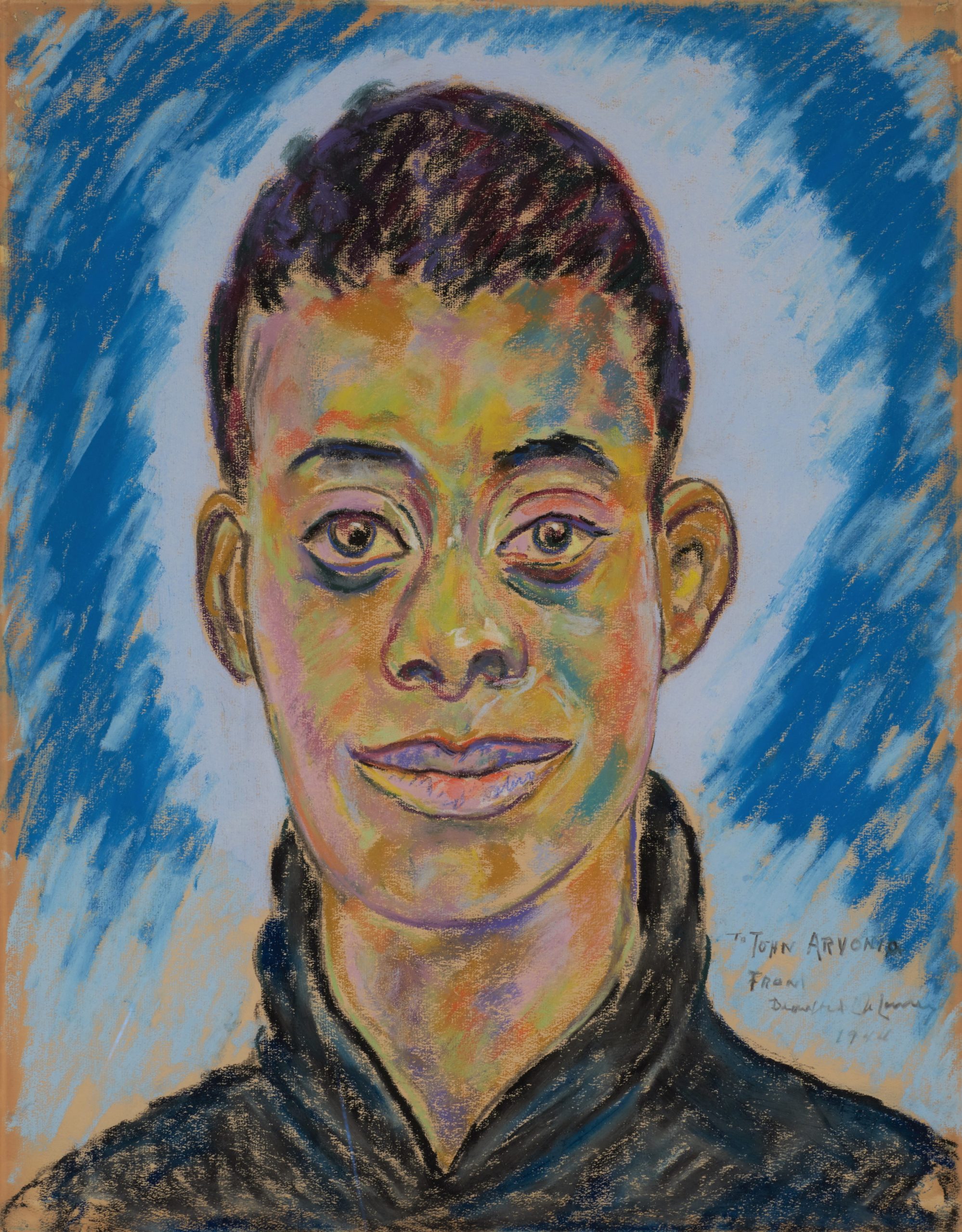
“This archive could have gone to any number of places in NewYork, Paris or elsewhere. By keeping it here, we secure Delaney’s legacy in his hometown, where it will reside beside neighbors and friends,” UT Knoxville Chancellor Donde Plowman said. “Though the Beauford Delaney archive will reside at the UT Libraries, it does not belong to UT. It belongs to Knoxville and to the world.”
The Knoxville Museum of Art owns the largest public collection of Delaney’s art, accompanied by works from his brother, Joseph Delaney, a major painter in his own right. The Beck Cultural Exchange Center, the primary repository of African American history and culture in East Tennessee, owns the last remaining home of the Delaneys, which is being restored as a museum to the brothers and their family.
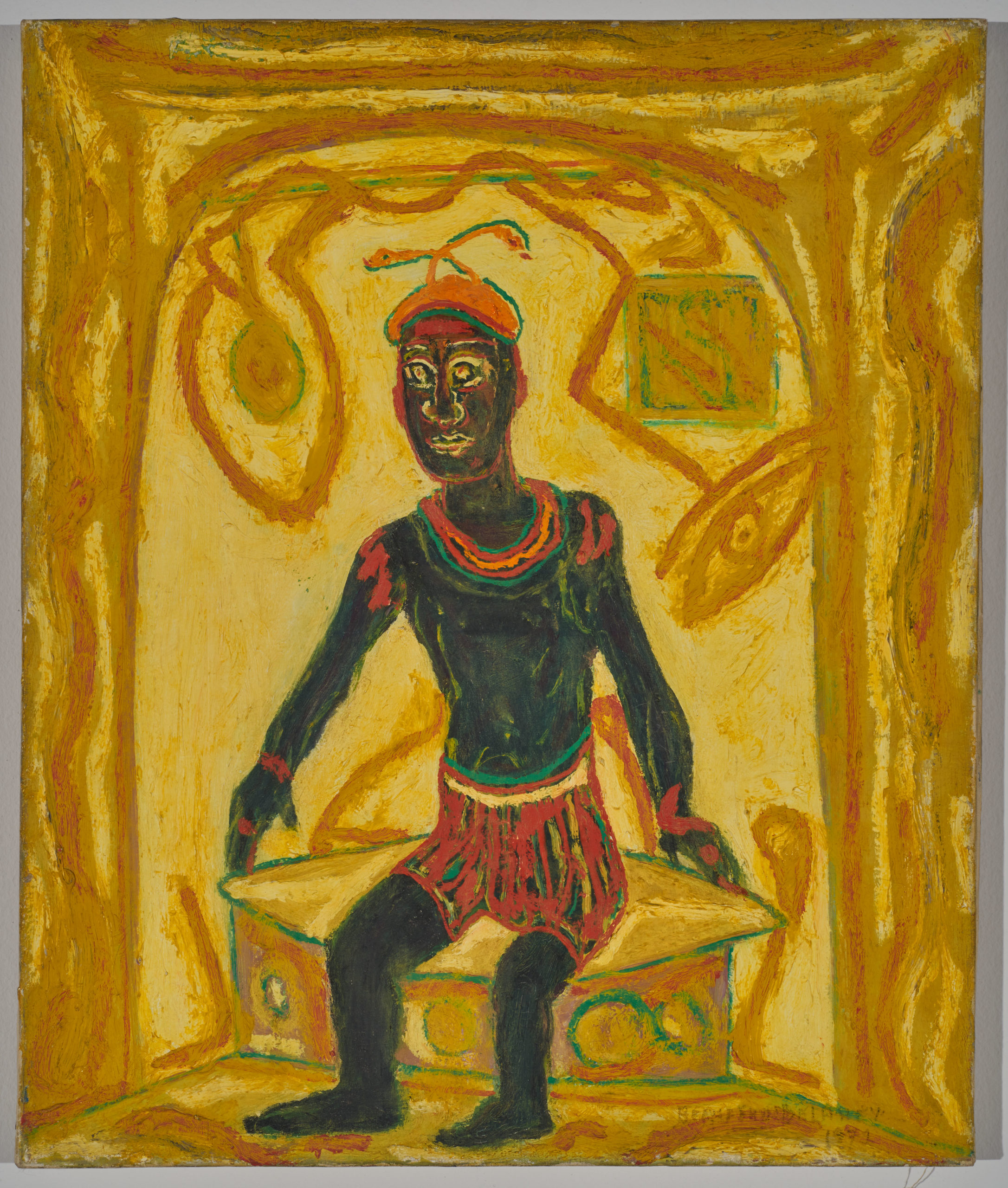
The personal archives at the UT Libraries include poems, letters—including from noted writer and activist James Baldwin, painter Georgia O’Keeffe and writer Henry Miller—brushes and even scribbled-down thoughts. So why is a box of miscellaneous items so important for the library to acquire?
“It’s a mix of things that allows you to begin to see into his mind, and that is really humanizing,” UT Libraries Senior Associate Dean Holly Mercer says.
Delaney’s legacy goes beyond the pieces of art he left behind. The museum, the cultural center and, now, the UT Libraries are dedicated to working together to commemorate this universally renowned artist. Additionally, the UT Knoxville Ewing Gallery of Art and Architecture holds a major collection of Joseph Delaney’s paintings and sketches.
“Important Delaney material is held by many institutions in Knoxville. The location of Beauford Delaney’s collection at the UT Libraries only adds to the potential for research about and artistic appreciation for Beauford and Joseph. We want to complement and support the other local institutions with rich Delaney collections. Working together, we can shift the locus of Delaney studies from Paris or New York to Knoxville,” UT Libraries Dean Steve Smith says.
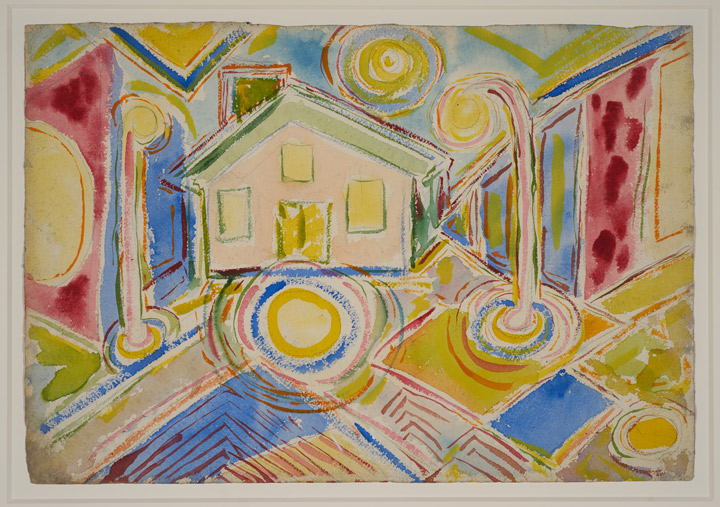
Watercolor on paper, 15 ½ x 22 ½ inches
Born in 1901, Delaney lived in Knoxville until he moved to Boston at 23. From there, Delaney moved to New York, where he immersed himself in the burgeoning Harlem Renaissance.
The Rev. Reneé Kesler, president of the Beck Cultural Exchange Center, says, “Beauford Delaney faced many challenges and struggled finding a place where he felt he could be his true self—20th-century Knoxville was not the most welcoming place for a Black artist struggling with sexuality and mental illness.
“It was as though Beauford was searching for a place to unleash the Harlem Renaissance that was living in his heart.”
In 1953 he moved to Paris, where he felt the most accepted and spent the remainder of his life, only coming back to Knoxville a few times to visit family.
Nonetheless, Knoxville remained Delaney’s family and artistic foundation.
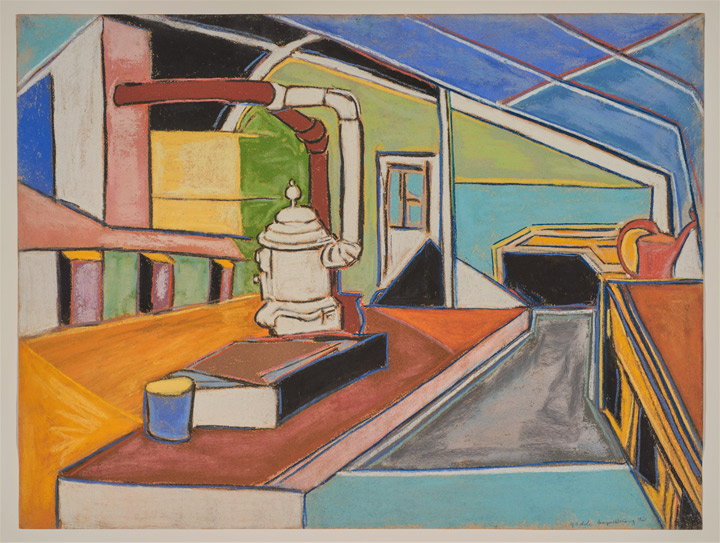
“Home is where the heart is,” Kesler adds. “Beauford’s heart remained here in Knoxville with his family. With this special treasure of the archives at the UT Libraries, we have now brought Beauford back home to the beginnings of his artistic foundation.”
Through the archives, which still are being processed by UT Libraries, one can sense the consistent endearment others showed Delaney in letters written to him or about him. His circle of significant friends commended him for his outlook on life amidst his hardships.
“I have never heard you bemoan your lot. I have only heard you praise and give thanks not only to the Lord above but to all your fellow-men, whether they deserved it or not,” wrote Miller regarding his friend.
“There was just something about him that was so loving and so empathetic,” Mary Campbell, UT School of Art associate professor of art history, says. “You have an artist who is both contained within so many categories that the outside world imposes on him and yet is making work that speaks to some of these categories, but also fundamentally transcends that while being on the edge of abstraction and modernism.” and modernism.”
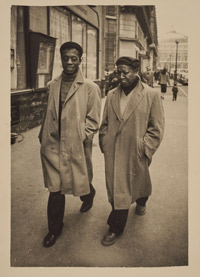
Baldwin, in a letter about Delaney, talks about the artist’s struggles and goes on to say how extraordinary it is that he still managed to become a great man and an even better artist.
“He bears witness in his own flesh to what a man could do and become and he will one day be recognized as one of our national glories,” wrote Baldwin.
David Butler, director of the Knoxville Museum of Art, says that the archives add more of a personal connection to the museum’s collection and will open the door for further research and study.
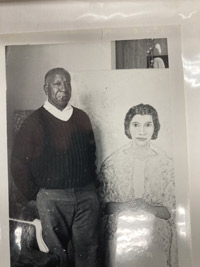
“We’re so glad that the papers will stay in Knoxville because we have our collection, we have the Delaney Museum at Beck and the papers at UT, which is like the third leg of the stool, and we’re all in close communication with one another,” says Butler.
Once the archivists finish cleaning and preserving the collection, it should become available to researchers in 2023. They will use Delaney’s letters and those he received from family and friends to paint their own piece of art, filling in the image of the painter who carried his art and his home within his heart.



